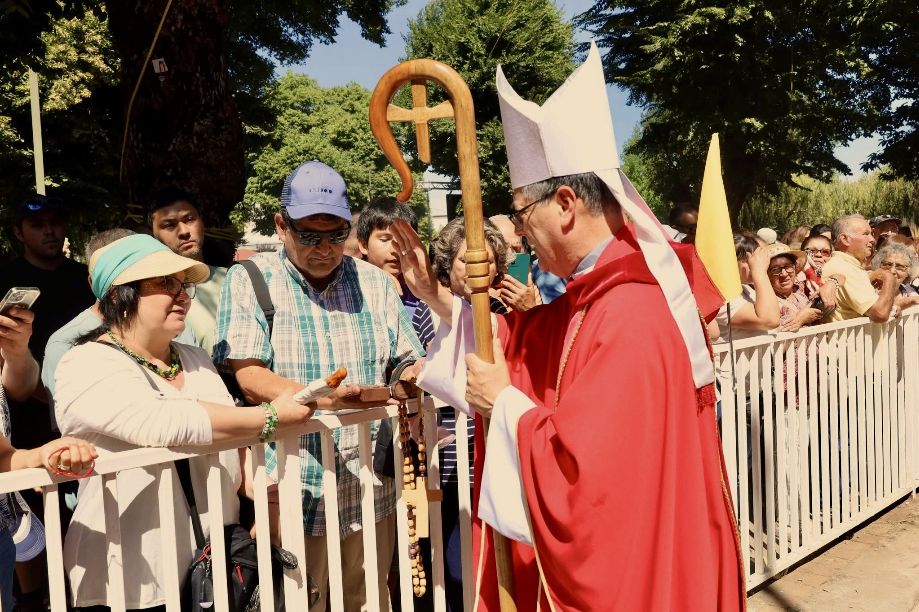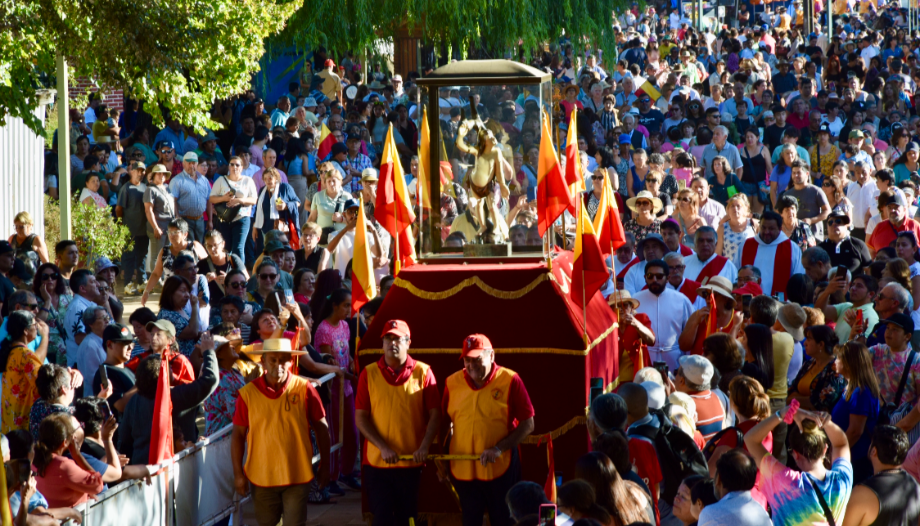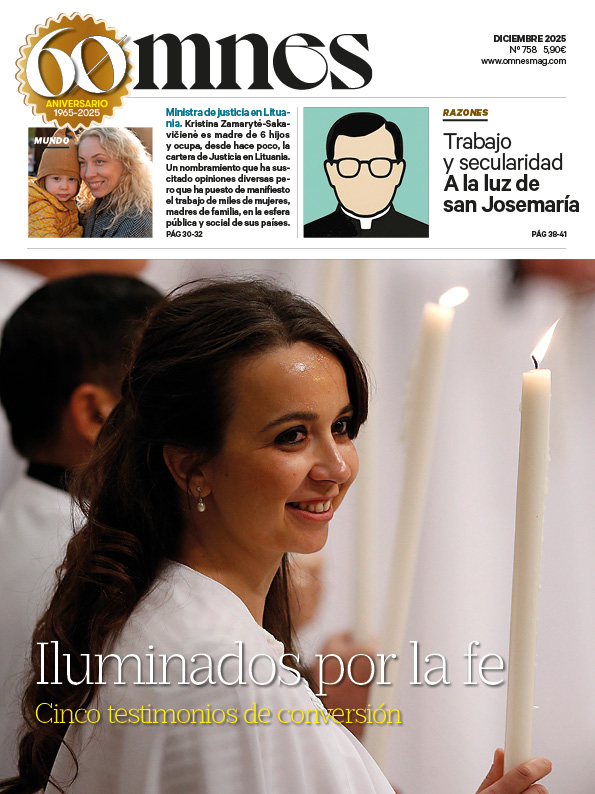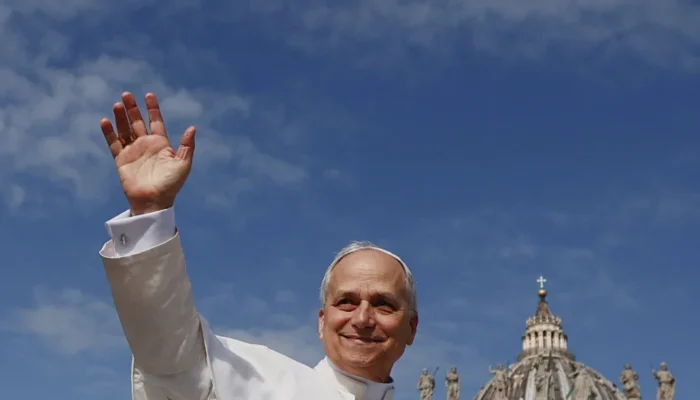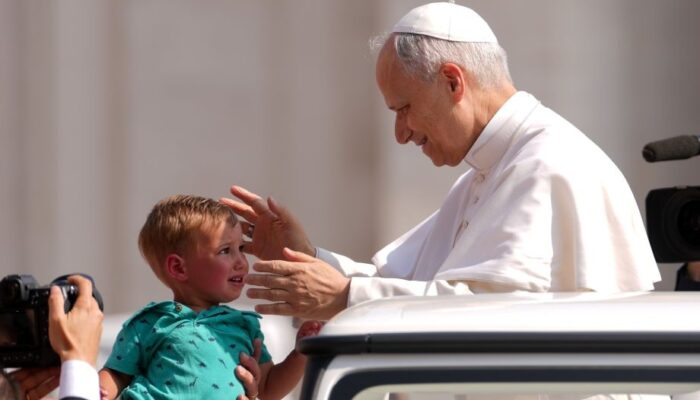On Monday, January 20, Yumbel experienced one of its most emblematic festivities, with the arrival of hundreds of thousands of pilgrims to the San Sebastián Sanctuary. The multitudinous celebration, which pays homage to the martyred saint, has become one of the most important religious traditions in southern Chile.
Origin of the pilgrimage
In the year 1859, the construction of the San Sebastian Sanctuary was completed, located next to the main square of Yumbel, a town of the Archdiocese of Concepcion, in southern Chile. The main attraction of the temple is an ancient image of the Martyr Saint Sebastian, made of cedar wood, 73 cm high. It was honored in the city of Chillán in the 17th century.
But the attack of the Araucanians led by the toqui Butapichún to that city in 1655, motivated the Spaniards to move the image of San Sebastian to the vicinity of Yumbel to prevent it from being desecrated. The image was found in some haystacks and moved to the town's main square. In 1663, an ecclesiastical judge adjudicated the image of San Sebastian to Yumbel, whose inhabitants exposed the right of finding it.
The increase in devotion and the beginning of the first pilgrimages date back to 1878, when the fame of the Saint transcended the borders of Yumbel and the area and spread throughout the rest of Chile and abroad.
Focus of pilgrimages
In the town of Yumbel, with almost 9,000 inhabitants, is the Sanctuary of San Sebastian. There are two important dates during the year: the saint's own festivity celebrated on January 20 and March 20. On January 20, approximately 500,000 thousand pilgrims come to Yumbel and in March about 350 thousand. On both dates the pilgrims venerate the saint represented in the ancient image, pay the "mandas" (promises they have made to ask for his intercession in various personal or family needs), attend the sacraments.
On the eve of the feast, on the 19th, the liturgical activities begin with the recitation of the Holy Rosary and the sacrament of Penance, which is attended by several priests of the Archdiocese. Then, from midnight, the Holy Mass is celebrated every two hours and in the afternoon the great procession through the streets of the city begins. The main Mass was celebrated by the new Archbishop, Mons. Sergio Pérez de Arce. It is a tradition that nourishes the Catholic faith and popular piety that has been repeated since the 19th century.
The Rector of the Shrine - Fr. José Luis Roldán- comments: "These days I had in mind a speech of Pope Francis on the island of Corsica, in a meeting of popular religiosity in Europe, the Holy Father said that: "This practice of going on pilgrimage to a place attracts and involves people who are on the threshold of faith, people who are not regular practitioners and, however, discover in this going, the experience of their own roots and affections, along with the values and ideals that they consider useful for their own life and society".
